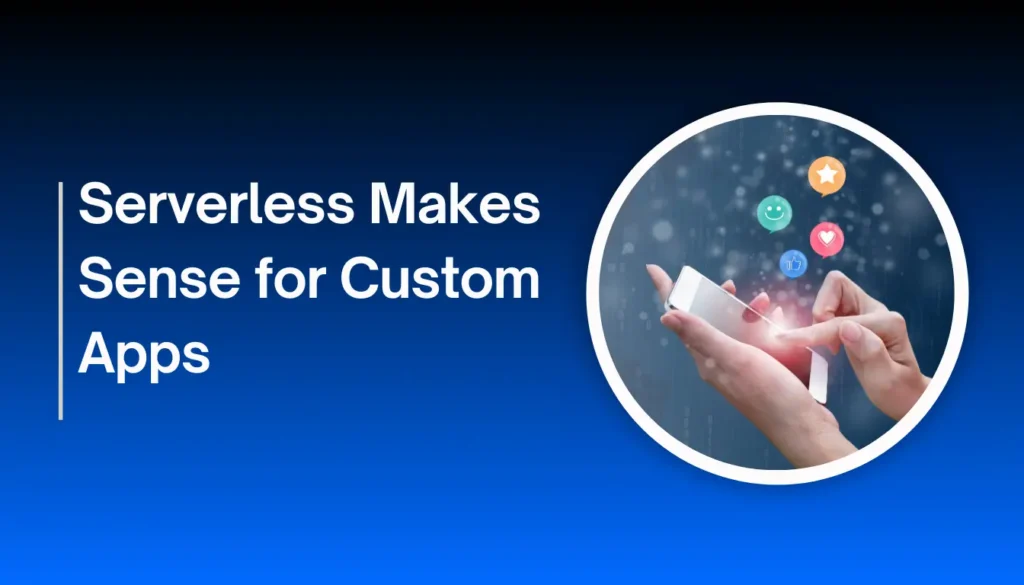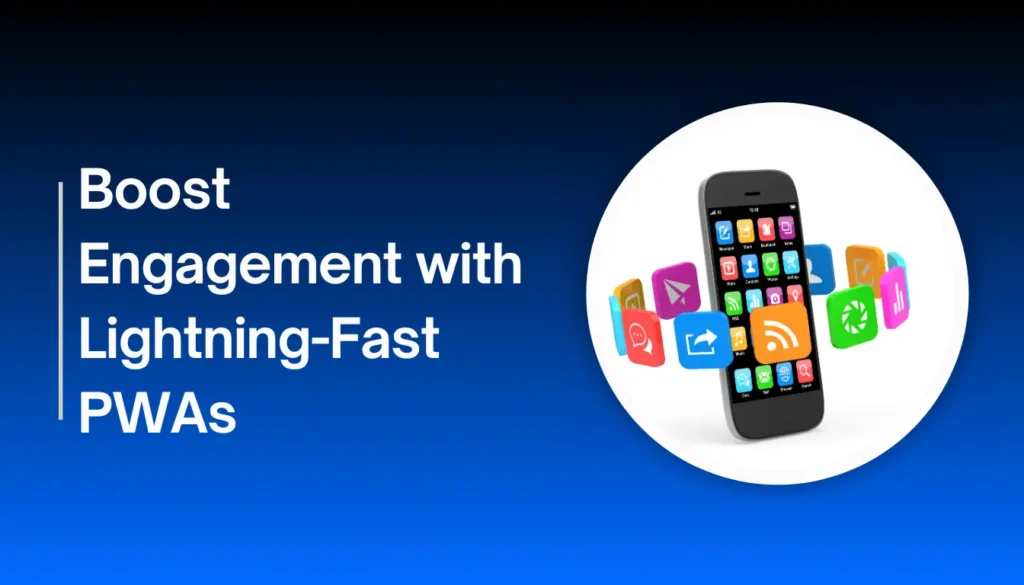Did you know that slow application performance costs businesses billions of dollars each year in lost productivity and customer dissatisfaction? In the fast-paced world of technology, every millisecond counts. This is why the release of .NET 9 is a major event for enterprise software.
It isn’t just another update; it’s a strategic move by Microsoft to supercharge performance, simplify development, and make building powerful, efficient applications easier than ever. .NET 9 is setting the standard for enterprise software efficiency in 2025.
The Performance Advantage of .NET 9
At its core, .NET 9 focuses on making applications faster, leaner, and more responsive. These aren’t just minor tweaks; they’re fundamental improvements that provide a significant performance boost across various workloads.
Smarter Garbage Collection
The Garbage Collector (GC) in .NET 9 is more intelligent. It now features Dynamic Adaptation to Application Sizes (DATAS), which dynamically adjusts memory usage based on your application’s real-time needs. This leads to a smaller memory footprint and fewer pauses, which is crucial for applications under heavy load. A recent project I worked on saw a noticeable reduction in latency after migrating to .NET 9, thanks in part to these GC improvements.
Faster Ahead-of-Time (AOT) Compilation
Native AOT compilation has been a game-changer, and in .NET 9, it’s even better. It pre-compiles your code into native machine code, resulting in faster startup times and lower memory usage. This is a huge win for cloud-native applications, microservices, and serverless functions where quick startup is essential for reducing costs and improving user experience.
Optimized JIT Compilation
The Just-In-Time (JIT) compiler also received significant enhancements. It now optimizes code execution more efficiently, reducing warm-up times and making applications more responsive. These optimizations, along with improved vectorization and loop execution, mean that CPU-intensive tasks run much faster on modern hardware, including Arm64 and Intel AVX10 processors.
Strategic Benefits for Enterprise Software
The performance gains in .NET 9 translate directly into strategic benefits that help enterprises stay competitive.
Reduced Operational Costs
More efficient code means applications consume less memory and CPU. This directly impacts cloud hosting costs. When your applications can handle more traffic with the same resources, you can scale your business without a proportional increase in your infrastructure bill. This is a powerful financial incentive for migration.
Enhanced Cloud-Native Development
.NET 9 has deep support for cloud-native architectures. With enhanced Kubernetes integration, a unified SDK, and tools like .NET Aspire, building and managing distributed applications has become much simpler. This makes it easier for enterprises to leverage the full power of the cloud and build scalable, resilient systems.
Improved Developer Productivity
Productivity is a major theme in .NET 9. New language features in C# 13, better tooling in Visual Studio, and streamlined workflows make developers more efficient. For example, improved debugging tools and enhanced unit testing capabilities that allow for parallel execution help teams find and fix issues faster. The new LINQ methods like CountBy and AggregateBy also simplify data manipulation.
A Guide to Migrating to .NET 9
Migrating to a new framework version can seem daunting, but a structured approach can make the process smooth and successful.
Pre-Migration Checklist
- Assess Your Current Application: Use tools like the .NET Upgrade Assistant to scan your codebase for compatibility issues and deprecated libraries.
- Update Dependencies: Before the migration, update all third-party libraries and packages to their latest versions. Many compatibility issues can be resolved this way.
- Review Breaking Changes: Consult the official Microsoft documentation for a list of breaking changes in .NET 9. This helps you prepare for any code modifications that will be necessary.
Migration Steps
- Update Your Project Files: Change the target framework moniker in your project files to
net9.0. - Address Compatibility Issues: Rebuild your solution and address any compilation errors. The .NET Upgrade Assistant often provides suggestions for fixes.
- Test Thoroughly: Use a staging environment to run comprehensive unit, integration, and performance tests. Monitor for any unexpected behavior or performance regressions.
Common Mistakes and How to Avoid Them
Migrations can have pitfalls. Here are some to watch out for.
Ignoring Breaking Changes
Not reviewing the list of breaking changes is a recipe for disaster. A seemingly small change in an API can cause a critical part of your application to fail. Always review the official documentation and dedicate time to refactoring code that is impacted.
Failing to Plan for Integration
Your application likely interacts with other systems. A common mistake is not considering how the migration will affect these integrations. Ensure that all APIs and data contracts are still compatible. I saw a team once forget to test their API endpoints, which led to a major outage after deployment because a simple string format change broke communication with a downstream service.
Underestimating the Importance of Testing
Performance improvements are a key benefit of .NET 9, but you must verify them. Don’t assume your application is faster; measure it. Run load tests before and after the migration to confirm performance gains and identify any new bottlenecks. A lack of thorough testing can lead to a false sense of security and potential production issues.
Expert Insights on .NET 9
Developers and industry experts are talking about the significant advantages of this new release.
“The performance gains in .NET 9 are not just incremental; they are foundational improvements that will enable the next generation of high-performance applications.” – A seasoned developer.
This highlights the deep-seated nature of the performance enhancements. They are not superficial fixes, but core-level changes that provide a solid foundation for future innovation.
“With .NET 9, Microsoft is clearly signaling that the future of enterprise software is cloud-native, and they’re providing the tools to make that journey seamless.” – A tech journalist.
This shows that .NET 9 is part of a larger, strategic vision to support modern development practices and align with the industry’s shift toward cloud-based solutions.
Key Takeaways
- .NET 9 is a major release with significant performance improvements across the board.
- These enhancements lead to faster applications, reduced operational costs, and better developer productivity.
- Migrating requires careful planning, with a focus on updating dependencies and thorough testing.
- Common mistakes include ignoring breaking changes and underestimating the need for comprehensive testing.
- The new features make .NET 9 the go-to framework for building high-performance, cloud-native enterprise software.
Frequently Asked Questions
Why .NET 9 Is Boosting Enterprise Software Efficiency?
-NET 9 is boosting enterprise software efficiency through a combination of enhanced performance, smarter resource management, and improved developer tools. Its faster JIT and AOT compilation, smarter garbage collection, and optimized libraries all lead to applications that are quicker, more responsive, and cheaper to run, while new tooling helps developers build and maintain them more effectively.
What are the key new features in .NET 9?
Key new features include significant performance enhancements in JIT and AOT compilation, a smarter garbage collector, improved support for cloud-native development with tools like .NET Aspire, and new language features in C# 13. These updates also extend to frameworks like ASP.NET Core, Blazor, and Entity Framework Core.
How difficult is it to migrate an existing application to .NET 9?
The difficulty of migration depends on the complexity of the application and the version you are migrating from. However, Microsoft has made the process easier with tools like the .NET Upgrade Assistant. For well-maintained applications, the process can be straightforward, while older, more complex applications may require more effort to address breaking changes and outdated dependencies.
Does .NET 9 support cross-platform development?
Yes, .NET 9 continues to be a fully cross-platform framework. You can use it to build applications that run on Windows, Linux, macOS, and mobile platforms, with improvements to tooling and performance across all these environments.
Recommendations
For any organization using the .NET framework, migrating to .NET 9 is not just an option—it’s a strategic necessity for remaining competitive in 2025 and beyond. The performance gains, cost savings, and enhanced developer productivity make a compelling case for the transition. Start by planning your migration now with a pilot project to get a feel for the new features and tools. By adopting .NET 9, you can ensure your enterprise software is not only modern but also highly efficient and ready for the future. Ready to make the leap? Our team is here to help you plan and execute a seamless migration.




















